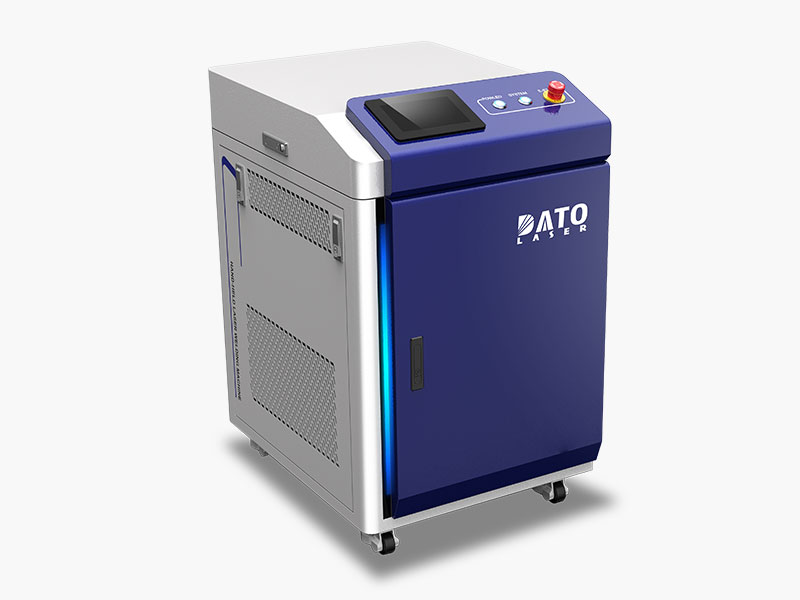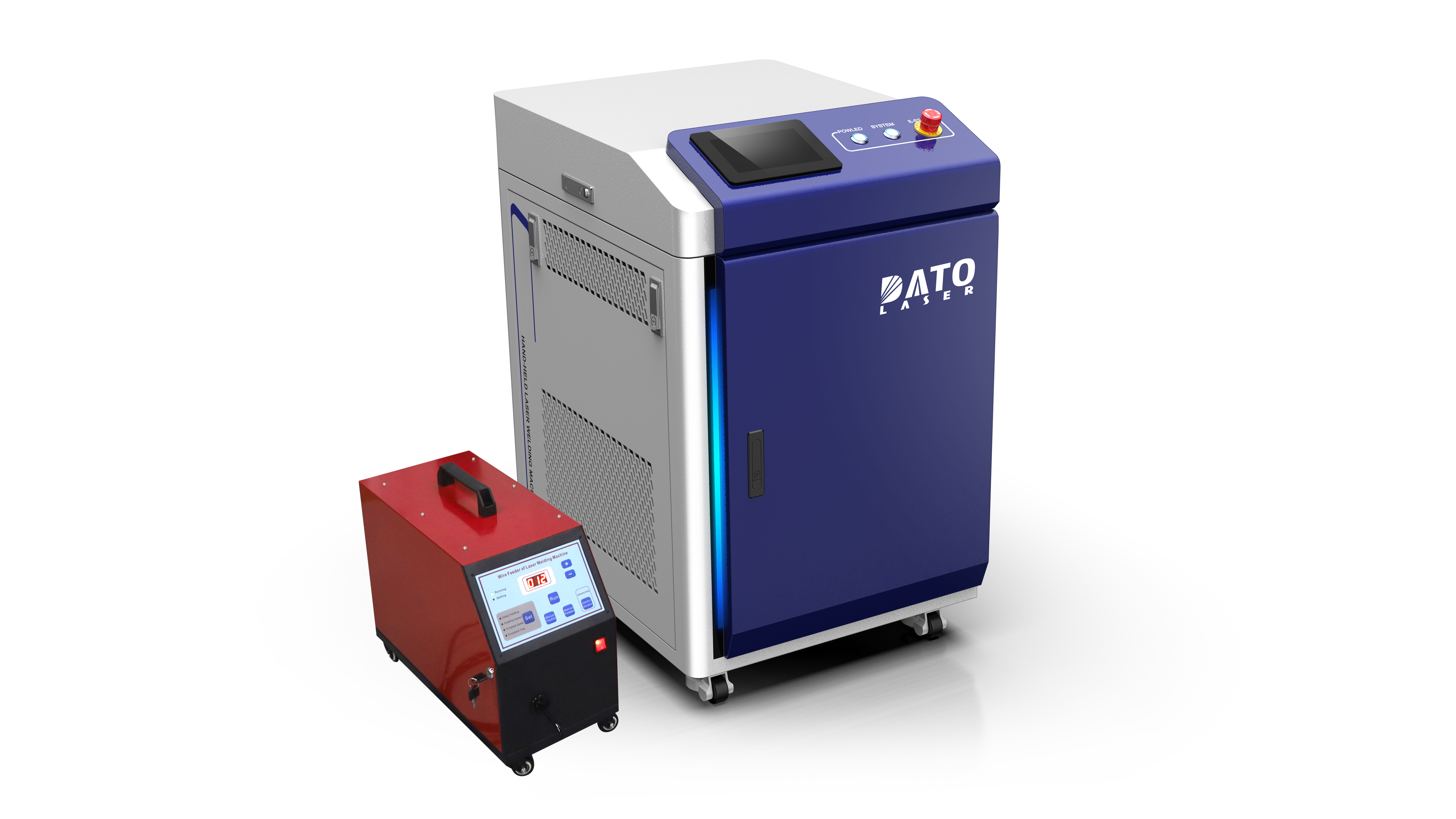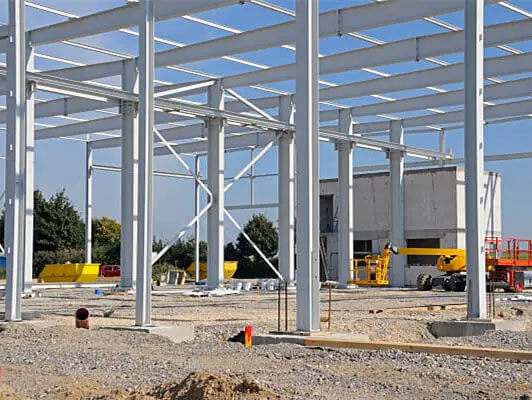What's the Thinnest Material You Can Weld with a Fiber Laser? Precision Capabilities Revealed

In the world of precision manufacturing, the ability to weld increasingly thinner materials has become a crucial requirement. As a leader in laser technology solutions since our establishment, Dato & Leapion has extensively researched and developed capabilities for ultra-thin material welding. Let's explore the remarkable precision capabilities of modern fiber laser welding systems.
Understanding Micro-Welding Capabilities
Minimum Thickness Thresholds
Modern fiber laser welding systems can effectively join materials as thin as 0.01mm (10 microns). This exceptional capability is particularly valuable in industries requiring precise micro-welding, such as electronics manufacturing and medical device production. The precision control offered by fiber laser technology enables consistent, high-quality welds even at these microscopic dimensions.
Material-Specific Considerations
Stainless Steel
When working with stainless steel, our fiber laser welding systems can successfully join materials as thin as 0.02mm while maintaining structural integrity. The precise heat control prevents material warpage and ensures clean, strong welds. The key to achieving such precision lies in the sophisticated power modulation and beam control systems integrated into our equipment.
Aluminum
Aluminum presents unique challenges due to its thermal properties, yet modern fiber laser systems can effectively weld sheets as thin as 0.03mm. The advanced control systems in our machines manage the material's high thermal conductivity and reflectivity through precise parameter adjustment and real-time monitoring.
Copper
Despite copper's high reflectivity, advanced fiber laser technology enables welding of foils as thin as 0.025mm. This capability is particularly valuable in electrical component manufacturing, where our systems excel at creating reliable connections while maintaining material integrity.

Technology Enabling Micro-Welding
Beam Control Innovation
The heart of successful thin material welding lies in sophisticated beam control mechanisms. Our systems incorporate ultra-precise focus control down to micron levels, coupled with real-time power modulation for consistent heat input. Advanced pulse shaping ensures optimal energy delivery, while precise spot size control adapts to different material thicknesses.
Process Parameters
Successful thin material welding depends heavily on careful parameter control. Our systems excel at managing pulse duration for minimal heat input, while simultaneously optimizing power density for specific material thicknesses. Travel speed adjustment ensures consistent penetration, and sophisticated shielding gas flow control prevents oxidation during the welding process.
Applications in Industry
Electronics Manufacturing
The electronics industry relies heavily on precision welding for components such as battery cell connections, sensor assemblies, and circuit board components. Our fiber laser systems deliver the accuracy needed for these demanding applications, ensuring reliable connections while protecting sensitive electronic components.
Medical Device Production
In medical device manufacturing, precision is paramount. Our systems enable the production of surgical instruments, implantable devices, and diagnostic equipment, meeting the stringent requirements of the medical industry while maintaining consistent quality and reliability.
Quality Assurance in Thin Material Welding
Monitoring Systems
Quality control in thin material welding requires sophisticated monitoring capabilities. Our systems incorporate real-time process monitoring with automated parameter adjustment, ensuring consistent weld quality throughout production runs. Comprehensive quality documentation and advanced defect detection systems provide complete process transparency.
Quality Control Measures
Our approach to quality control encompasses comprehensive pre-weld material preparation protocols, strict environmental control requirements, and thorough post-weld inspection procedures. Every aspect of the welding process is documented, ensuring complete traceability and consistency.
Advanced Features of Modern Systems
Automation Integration
Modern manufacturing demands seamless integration of automated processes. Our fiber laser welding systems feature sophisticated material handling automation, coupled with vision-guided positioning systems. Process parameter optimization occurs automatically, while integrated quality control systems ensure consistent results.
User Interface Innovations
We understand the importance of user-friendly operation. Our systems feature intuitive parameter setting interfaces, real-time process visualization, and comprehensive quality monitoring displays. Operators can easily store and recall programs, streamlining production processes.
Cost Considerations
Operating Efficiency
Efficient operation is crucial for maintaining competitiveness. Our systems are designed to optimize energy consumption while maximizing process speed. Material waste is minimized through precise control, and maintenance requirements are streamlined for maximum uptime.
Return on Investment
Investing in our fiber laser welding technology delivers substantial returns through reduced material waste, increased production speed, and lower rejection rates. The minimal post-processing requirements further enhance the cost-effectiveness of our solutions.

Conclusion
The capability to weld ultra-thin materials represents a significant advancement in manufacturing technology. Dato & Leapion's fiber laser welding systems offer industry-leading precision for materials as thin as 0.01mm, enabling new possibilities in various manufacturing sectors.
Our technical team stands ready to assist you in determining the optimal welding solution for your thin material applications. Whether you're working in electronics, medical devices, or other precision manufacturing fields, we can help you achieve the exact results your projects demand.
Contact Dato & Leapion today to learn more about our advanced fiber laser welding solutions and how they can enhance your thin material welding capabilities. Let us help you push the boundaries of what's possible in precision manufacturing.
Related Blogs
-
 Exploring the Safety, Precision, and Industrial Benefits of Laser Surface CleaningIn today’s fast-paced industrial world, where quality, efficiency, and sustainability are top priorities, manufacturers are constantly seeking better ways to clean metal surfaces without compromising material integrityBlog
Exploring the Safety, Precision, and Industrial Benefits of Laser Surface CleaningIn today’s fast-paced industrial world, where quality, efficiency, and sustainability are top priorities, manufacturers are constantly seeking better ways to clean metal surfaces without compromising material integrityBlog -
 A Complete Guide by DATO and LeapionIn modern industry, surface preparation and maintenance play a crucial role in achieving high-quality manufacturing results. Laser cleaning machines have emerged as one of the most innovative, efficient, and environmentally friendly tools for removing contaminantsBlog
A Complete Guide by DATO and LeapionIn modern industry, surface preparation and maintenance play a crucial role in achieving high-quality manufacturing results. Laser cleaning machines have emerged as one of the most innovative, efficient, and environmentally friendly tools for removing contaminantsBlog -
 Laser cleaning machines are revolutionizing industrial surface cleaning by offering a faster, safer, and more eco-friendly alternative to traditional methods. Whether removing rust, paint, oil, oxide, or other surface contaminants, laser cleaning has become a cutting-edge solution in manufacturing,Blog
Laser cleaning machines are revolutionizing industrial surface cleaning by offering a faster, safer, and more eco-friendly alternative to traditional methods. Whether removing rust, paint, oil, oxide, or other surface contaminants, laser cleaning has become a cutting-edge solution in manufacturing,Blog -
 Introduction: Transforming EV Battery Manufacturing Through Laser TechnologyThe electric vehicle revolution has accelerated dramatically over the past decade, bringing with it unprecedented challenges and opportunities in battery manufacturing. As global automakers commit billions to electrificationBlog
Introduction: Transforming EV Battery Manufacturing Through Laser TechnologyThe electric vehicle revolution has accelerated dramatically over the past decade, bringing with it unprecedented challenges and opportunities in battery manufacturing. As global automakers commit billions to electrificationBlog













